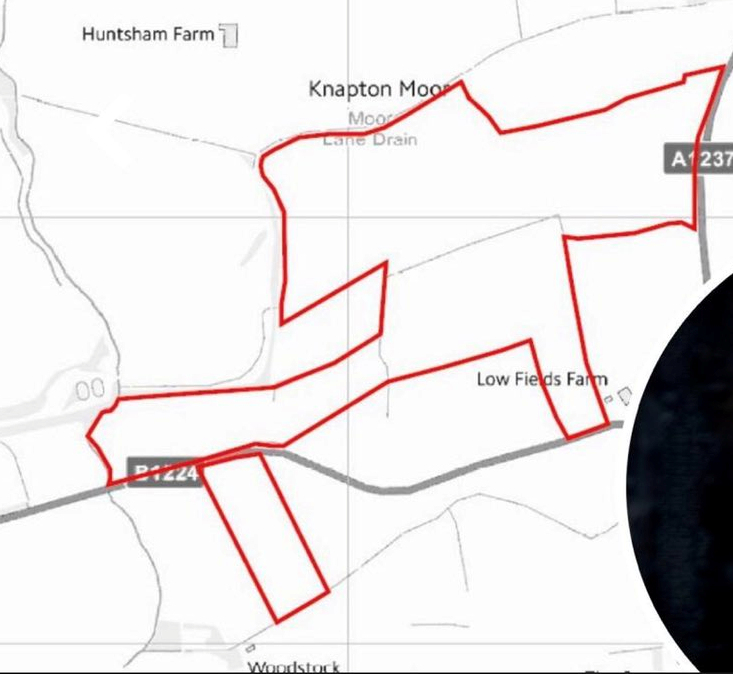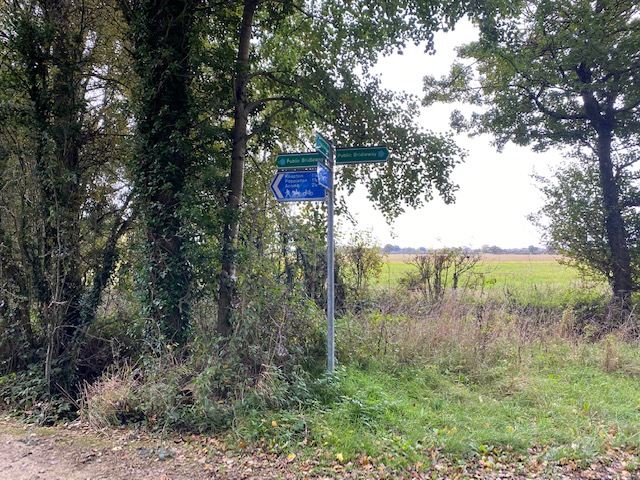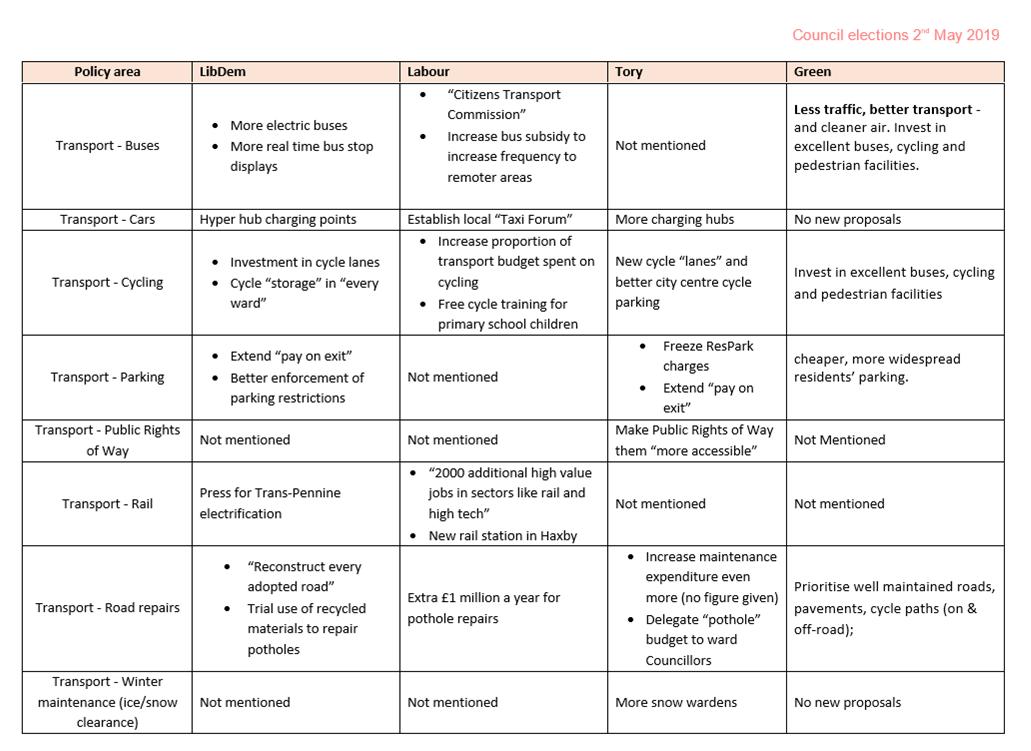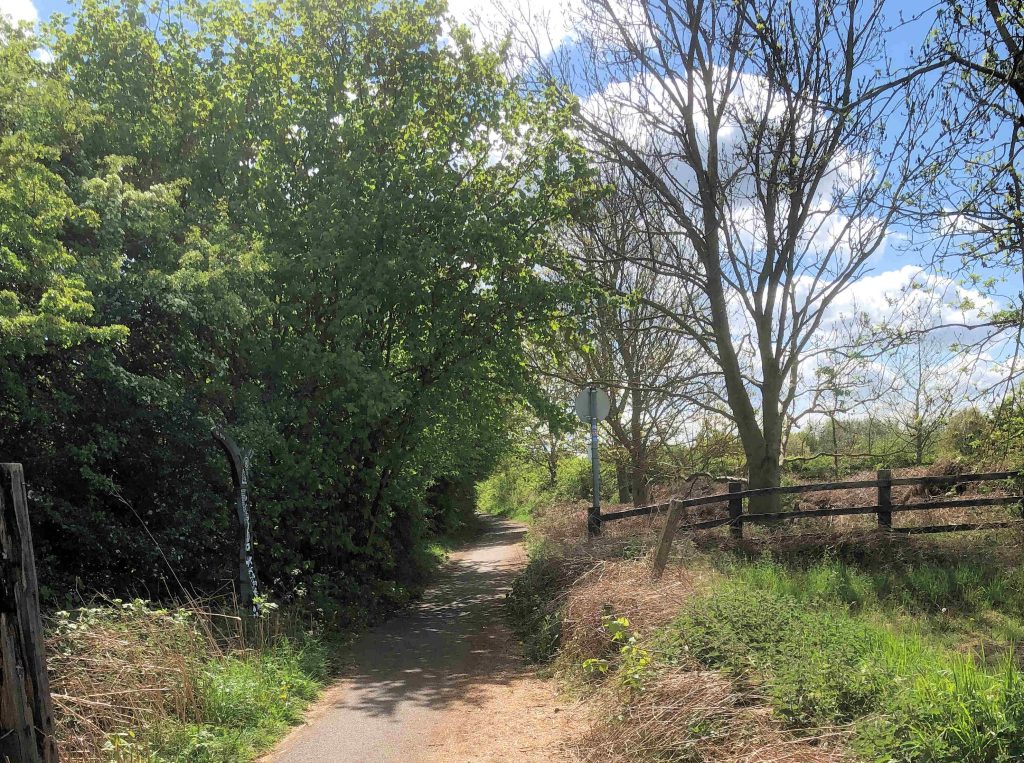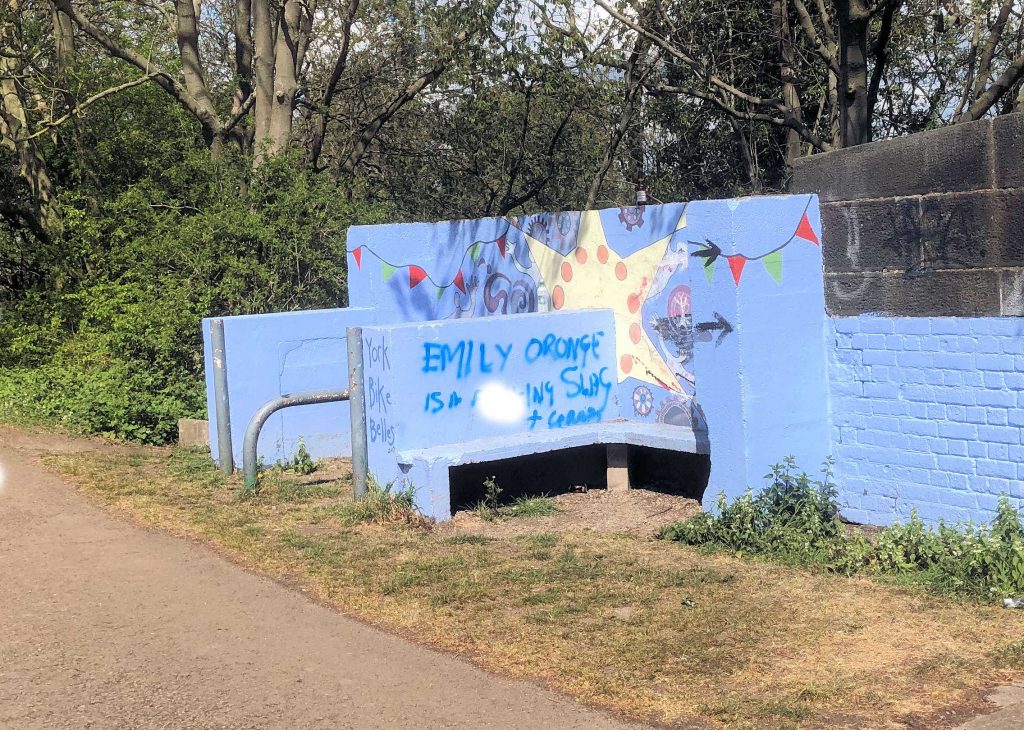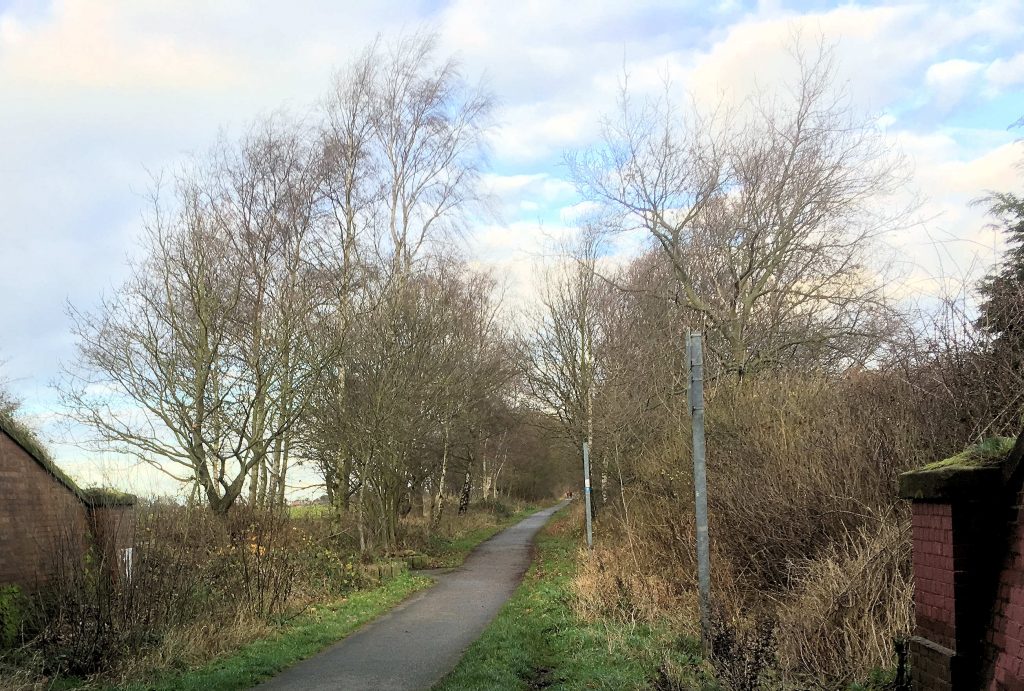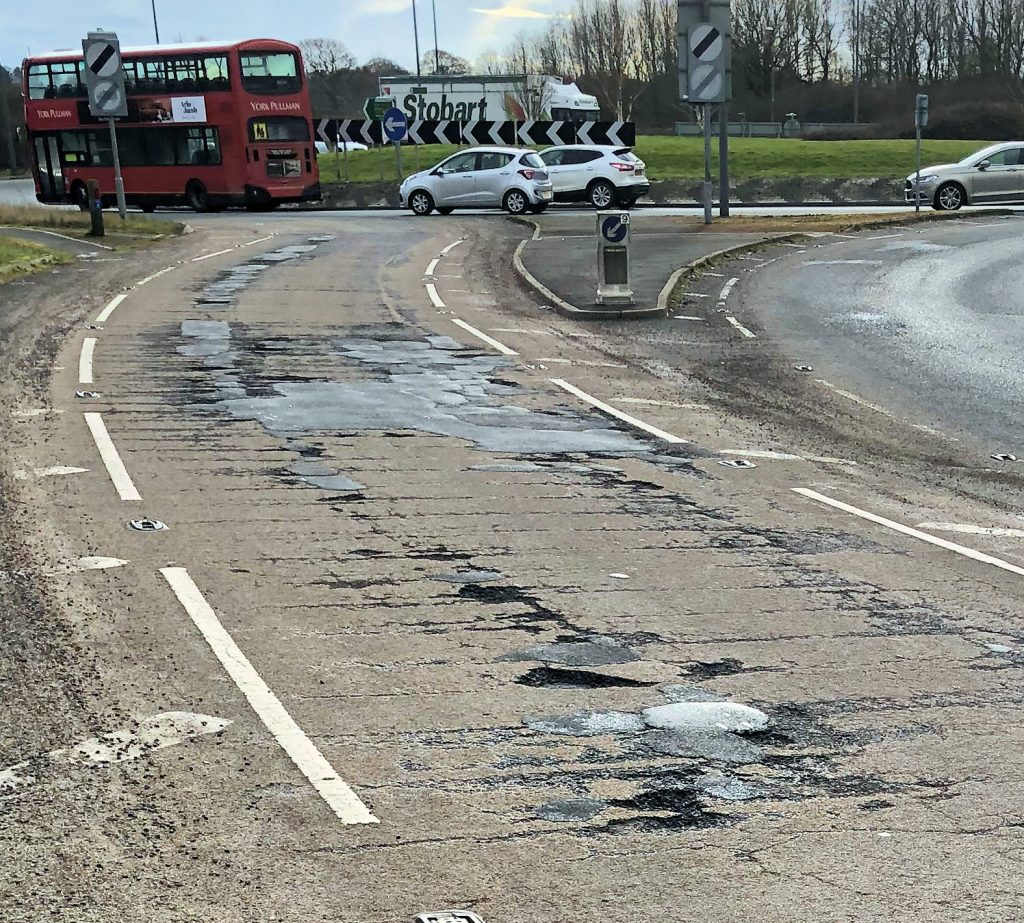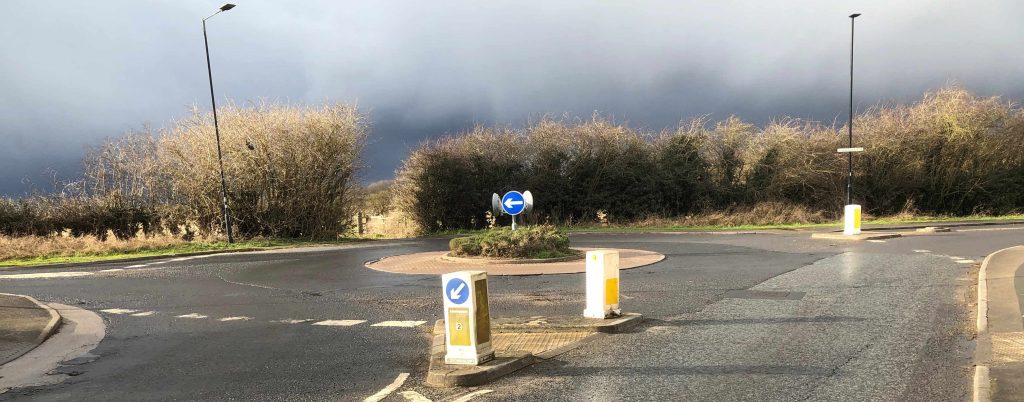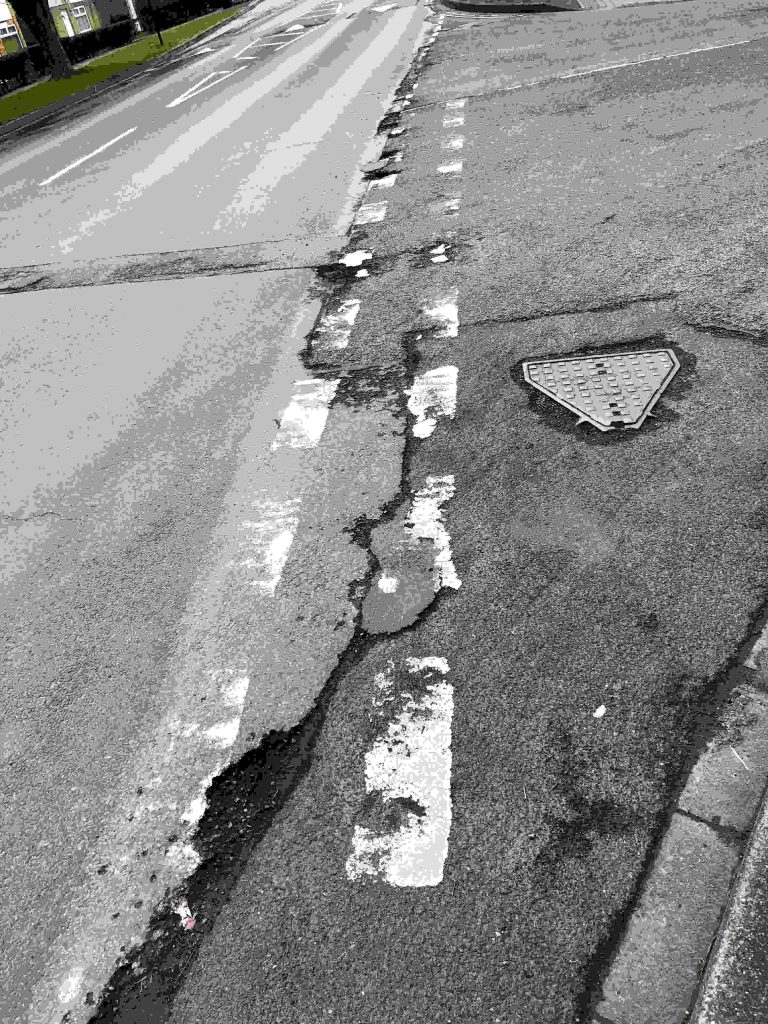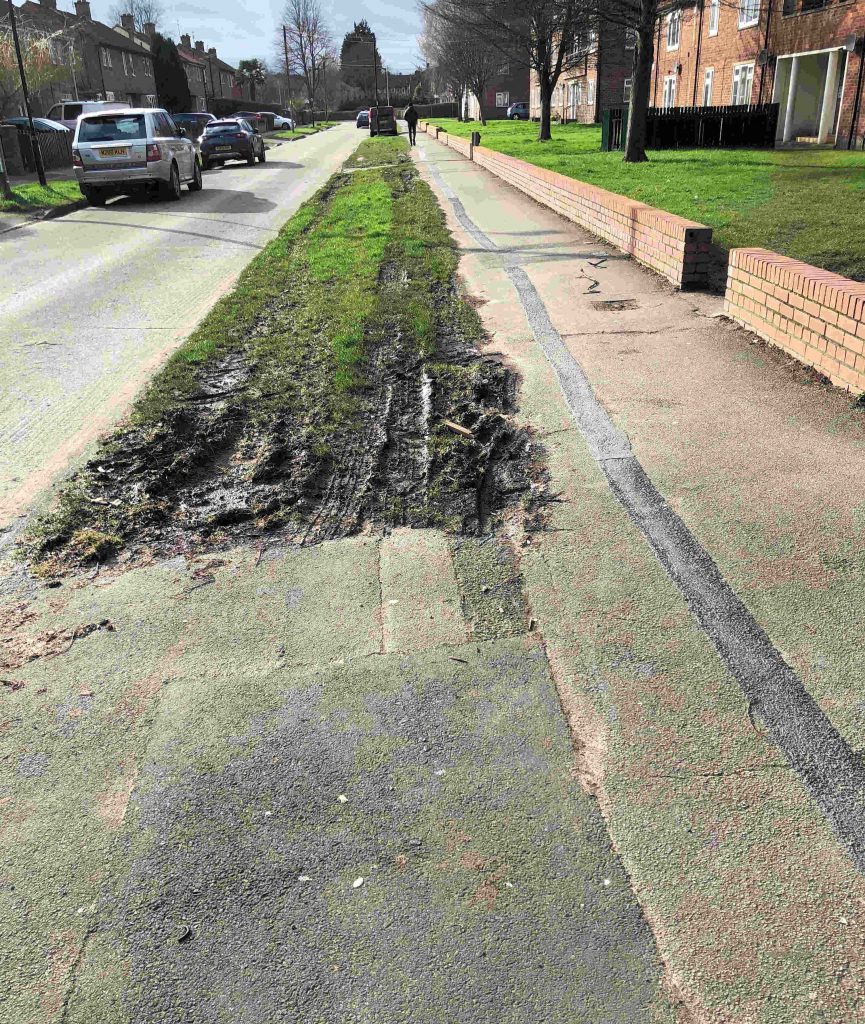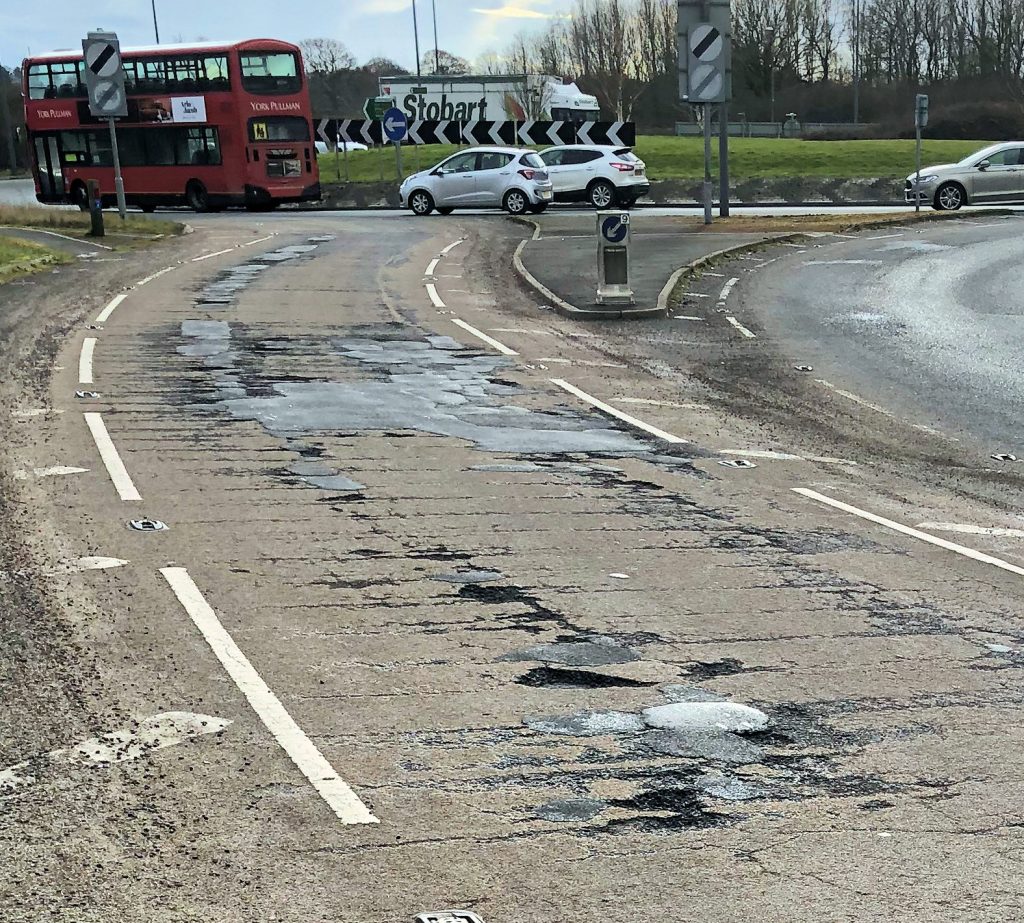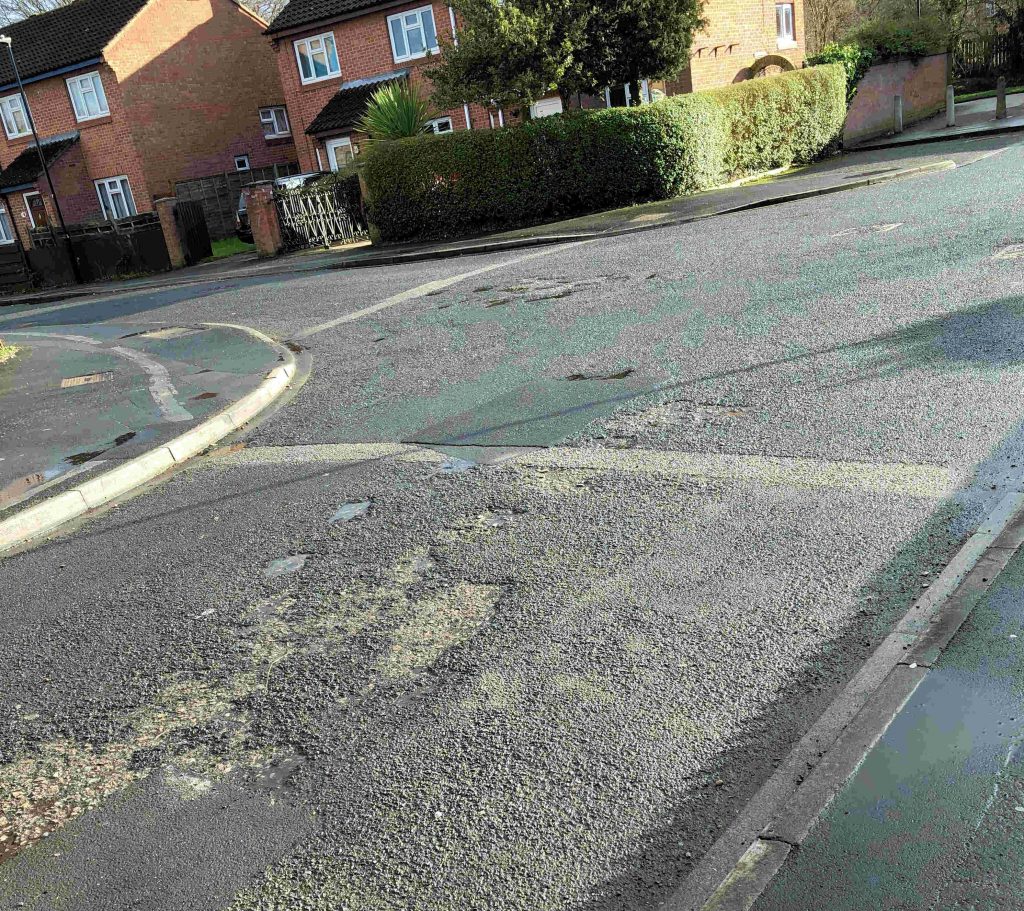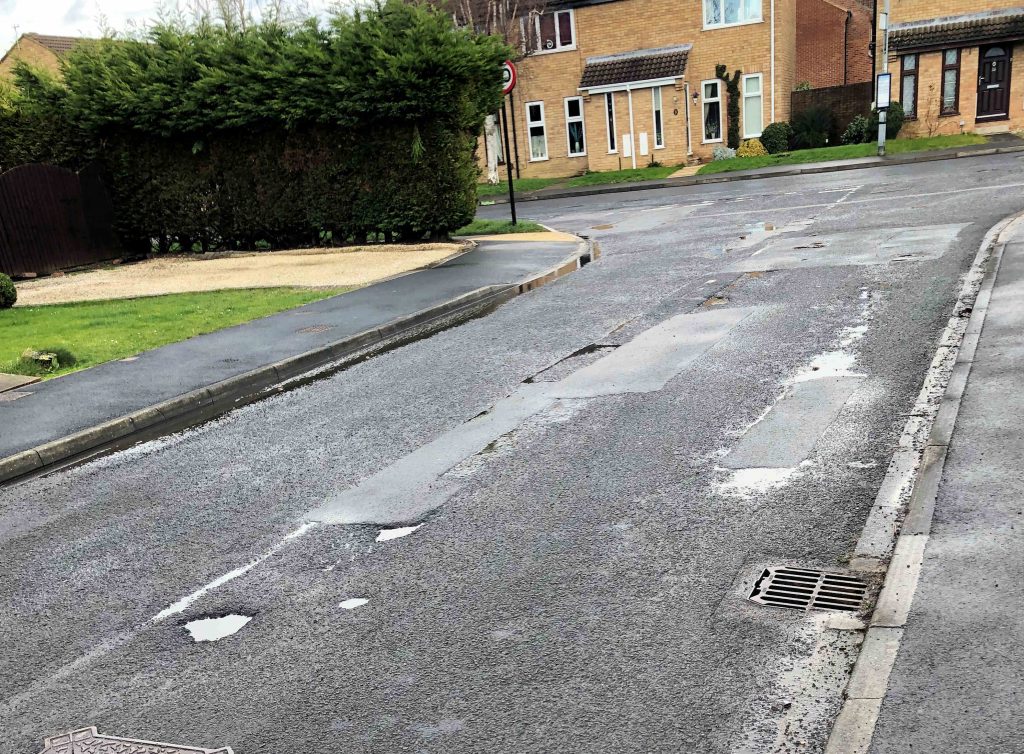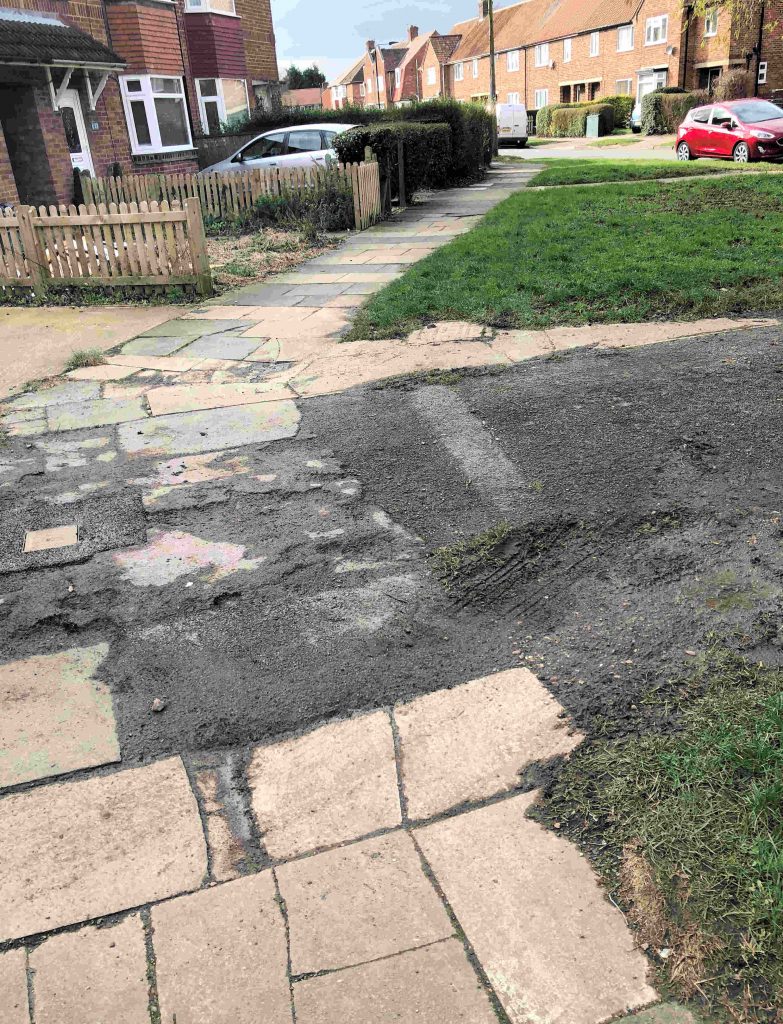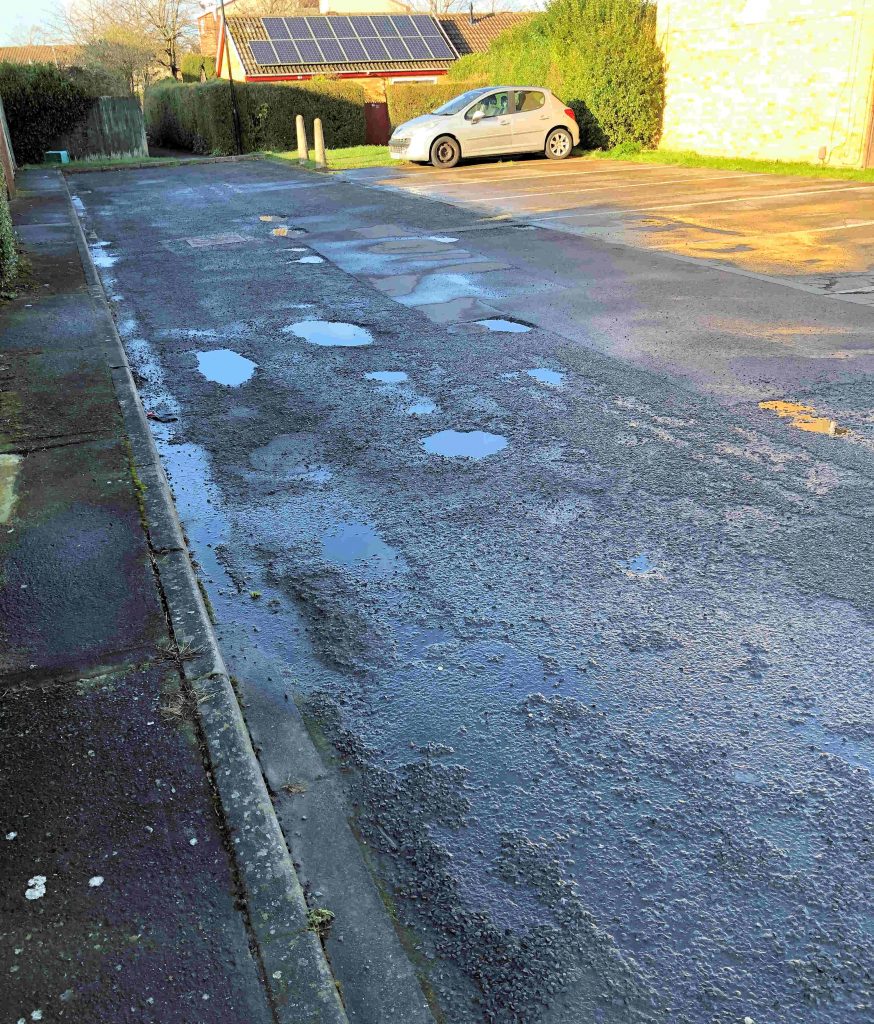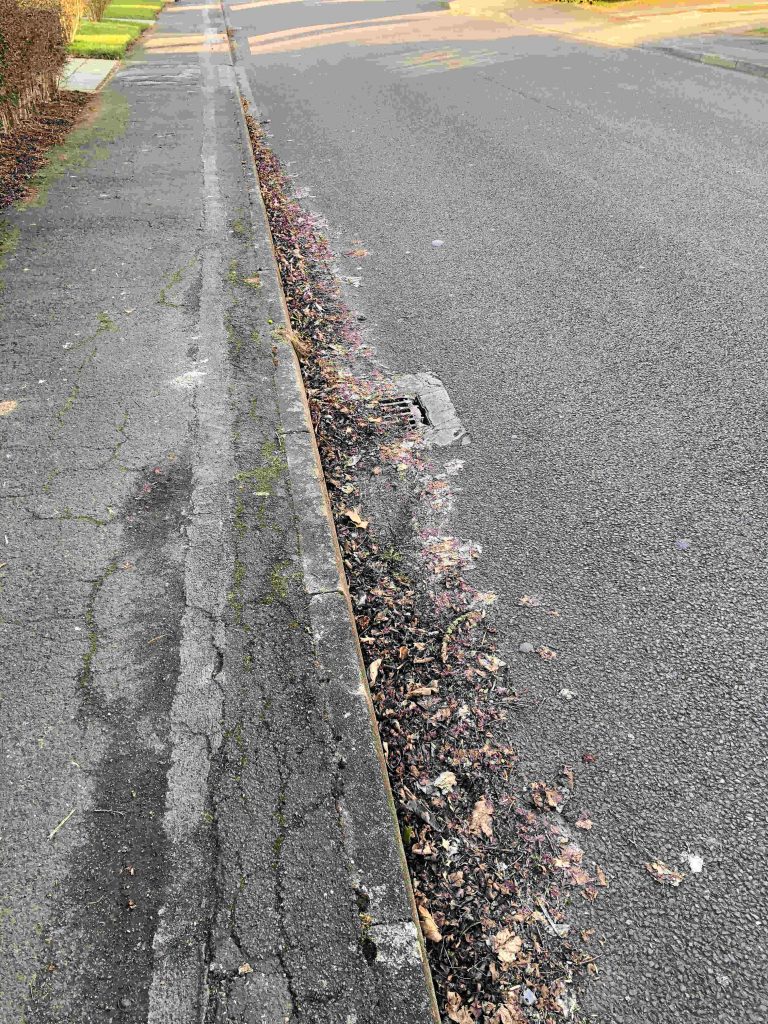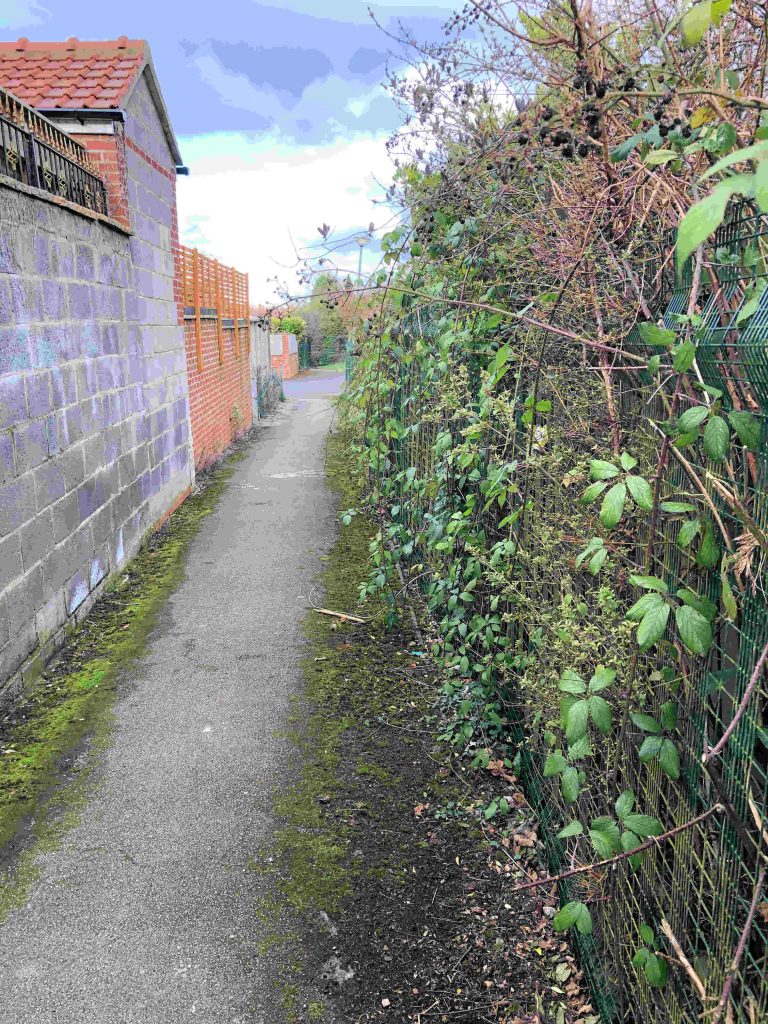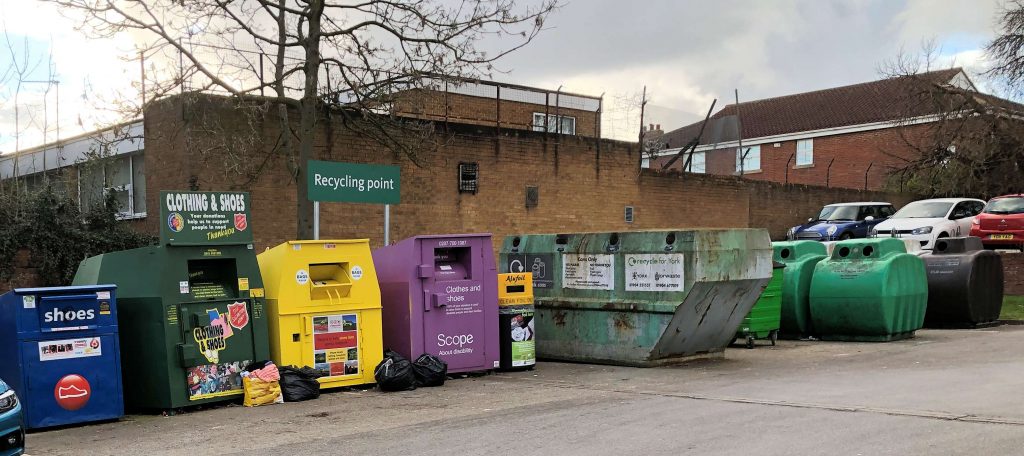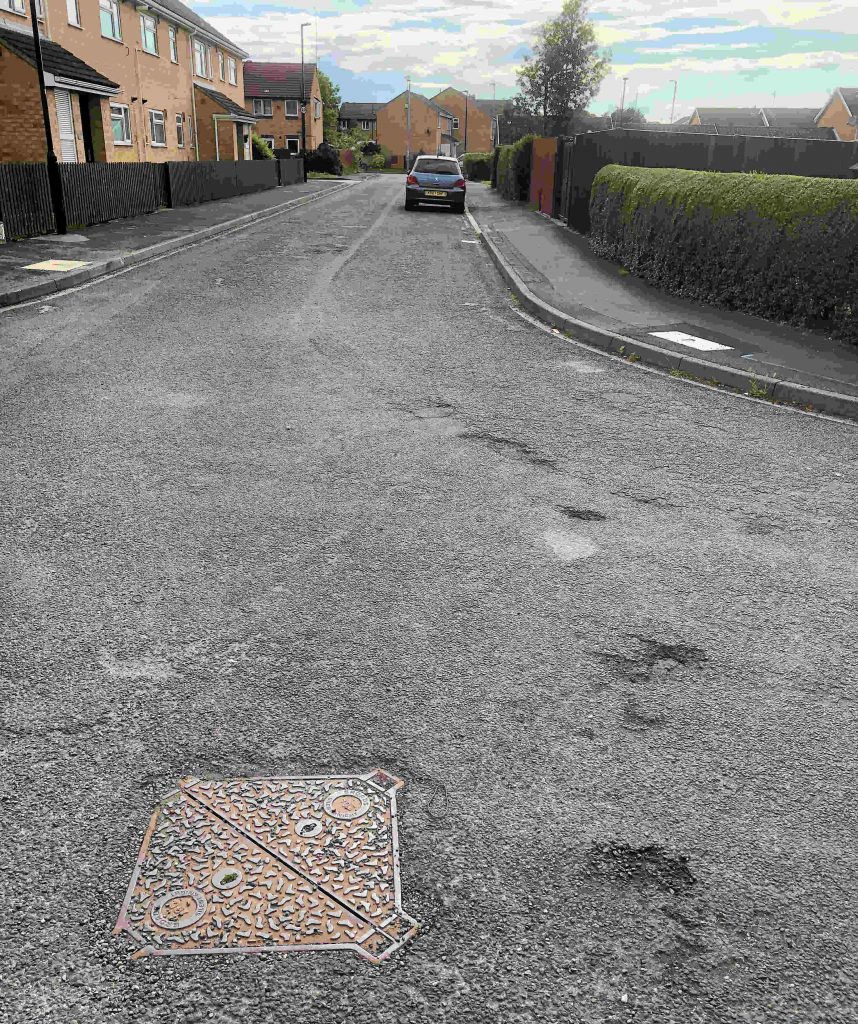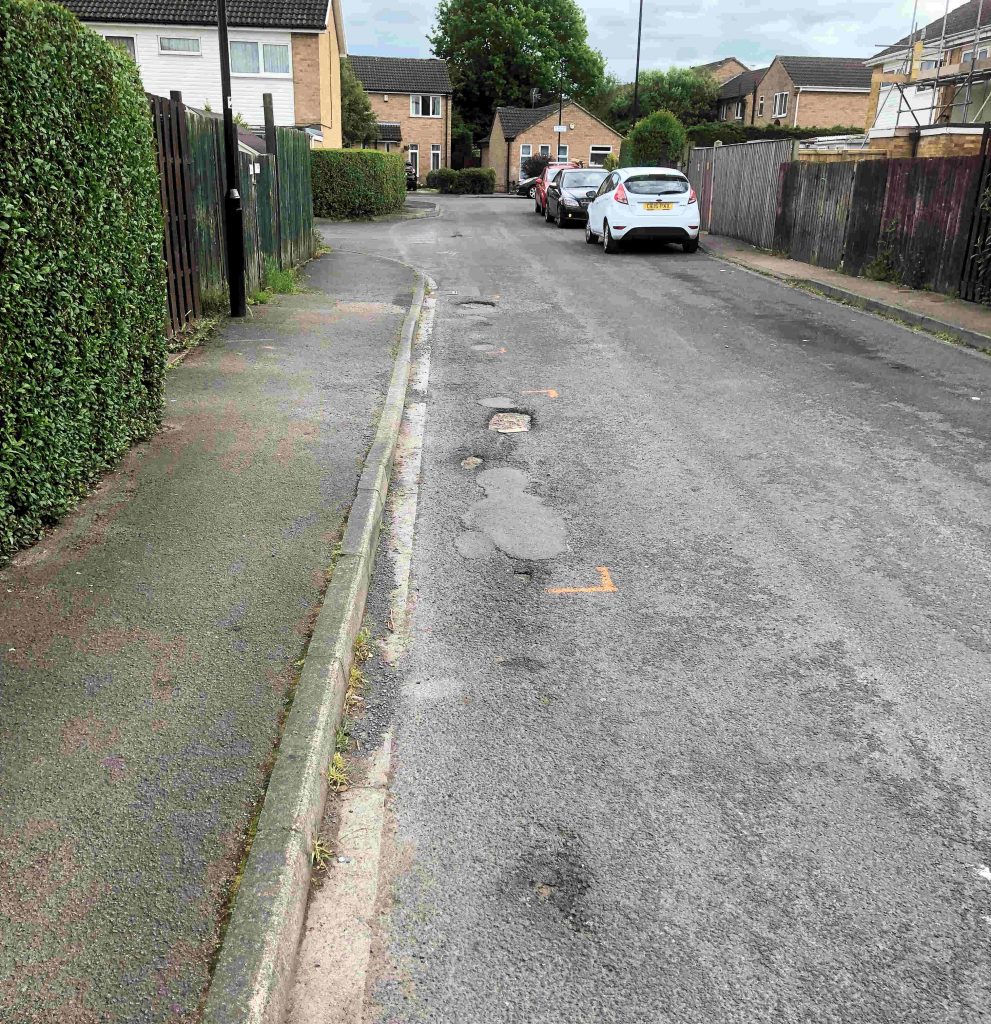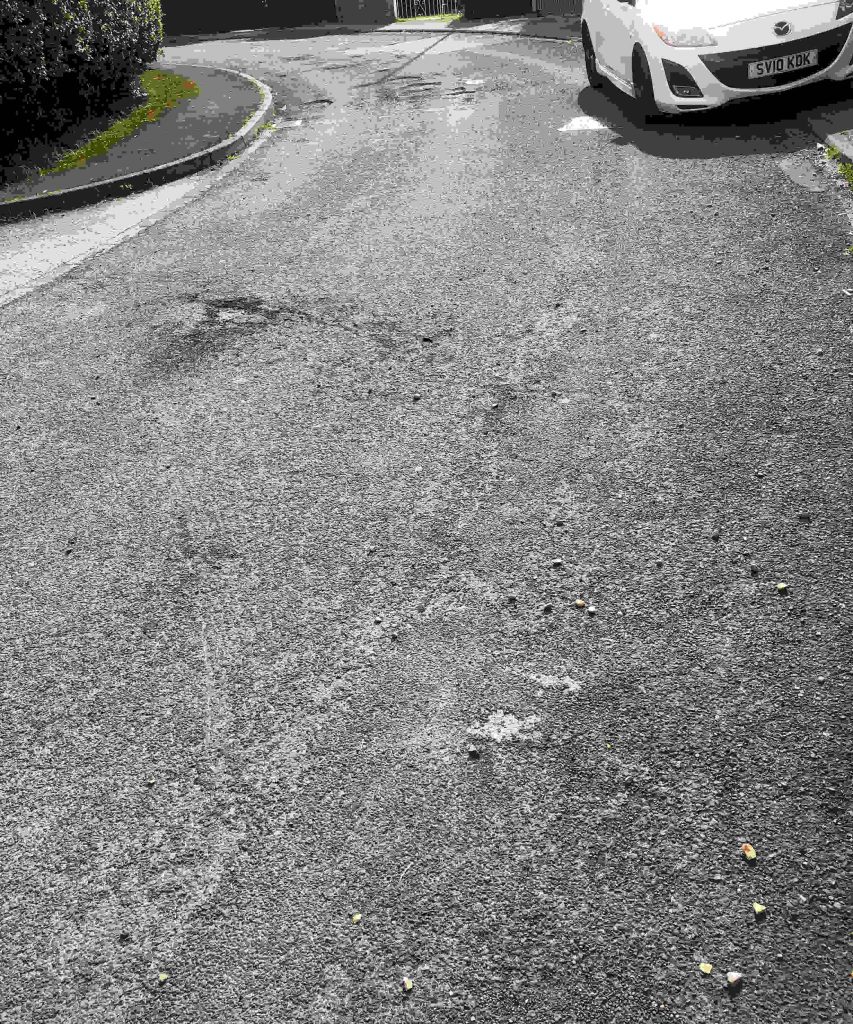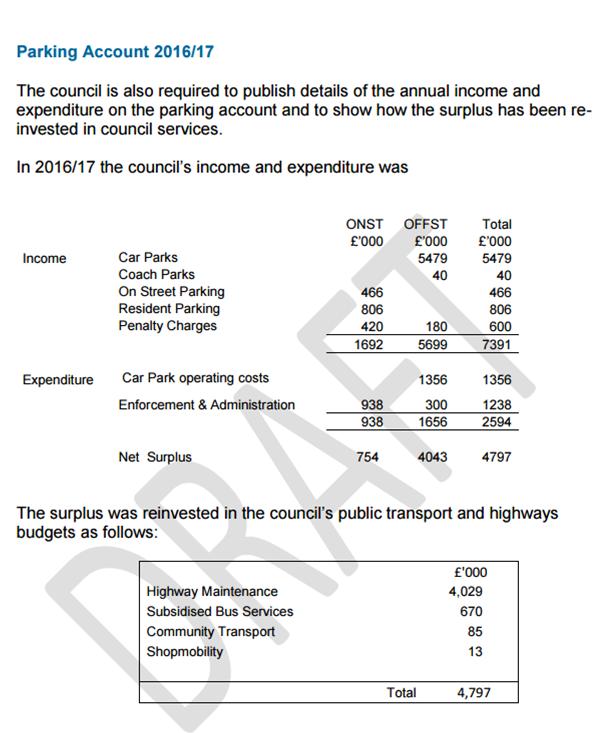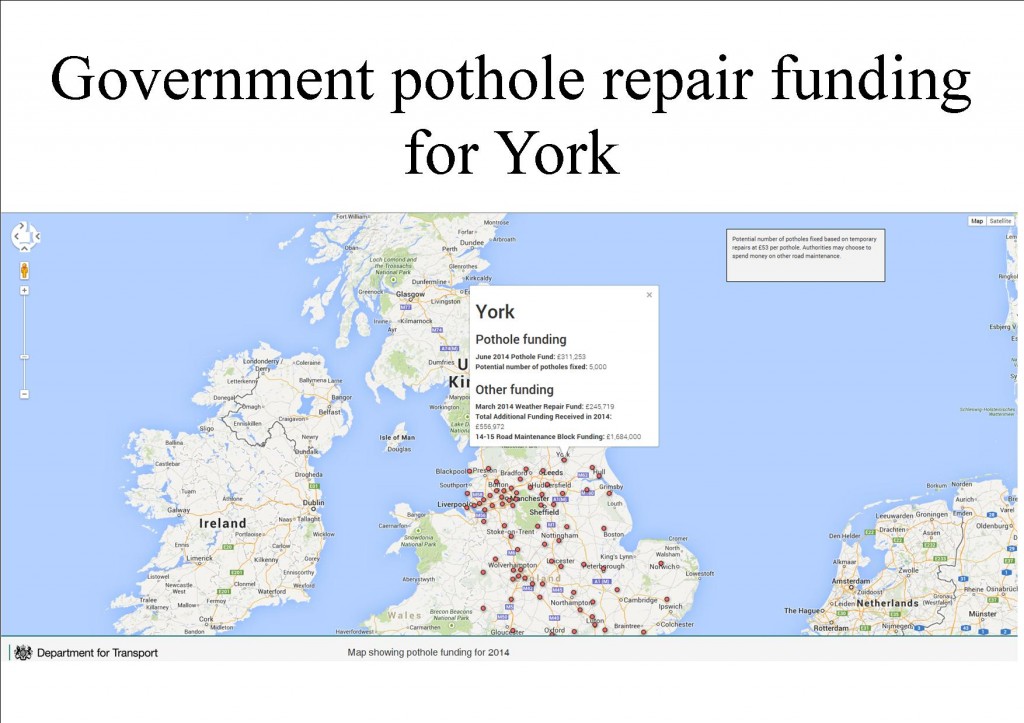The programme of repairs to York’s highways network, that will take place during 2021/22, has finally been published. The programme is usually agreed in February. Work has already started on some of the listed schemes.
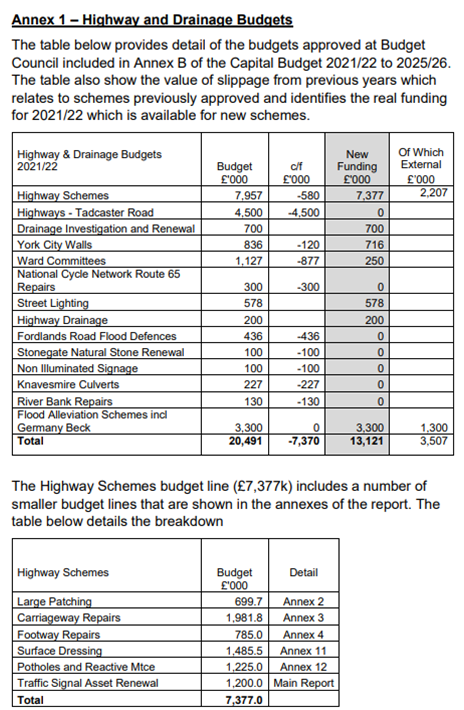
There is some mixed news in the report which was approved at a “behind closed doors” meeting apparently held on 23rd April.
The highways maintenance programme (which includes not just carriageway and footpath repairs but also drainage, street lighting, City Walls, flood alleviation etc,) is one of the services which most interest residents, the programme has been delegated for officer determination for some years. Thus, the reports are not subject to scrutiny and alternative ways of allocated the budget are not publicly debated.
One key sentence in the report sums up the dilemma faced by the Council.
“Notwithstanding previous levels of investment the current funding levels are not sufficient to keep all our assets in their current condition”.
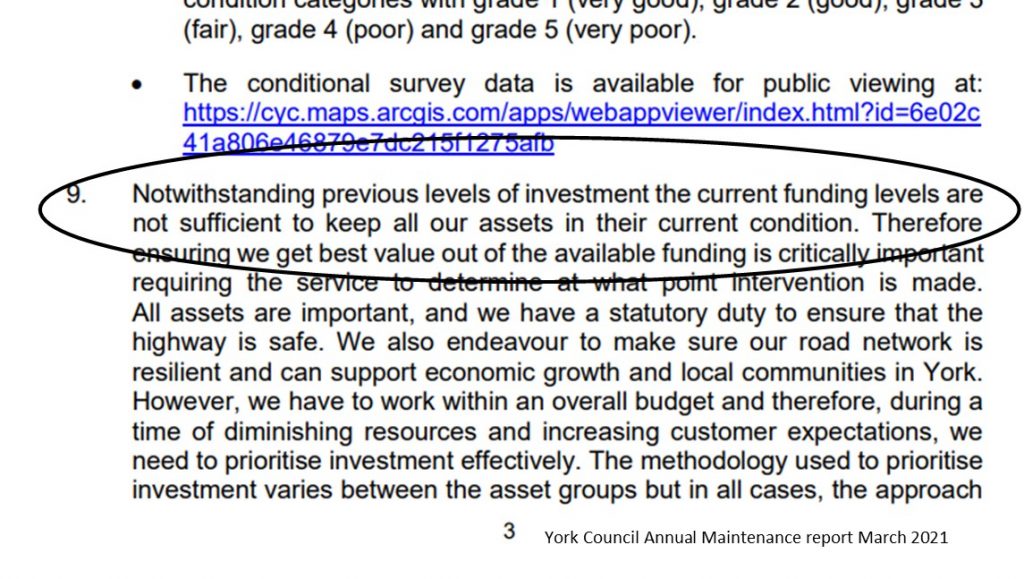
In effect, the Council has decided to focus resurfacing works on busy roads. Most side roads are being left to crumble.
Some work scheduled for 20/21, including the whole of the micro patching programme in Woodthorpe, has been delayed into the current financial year.
There is some good news.
Several long term problem locations in west York, including parts of Foxwood Lane, Askham Lane near the A1237 intersection, The Green, Bradley Lane near Rufforth, the low numbered end of Gale Lane and Thanet Road are scheduled to be resurfaced this year.
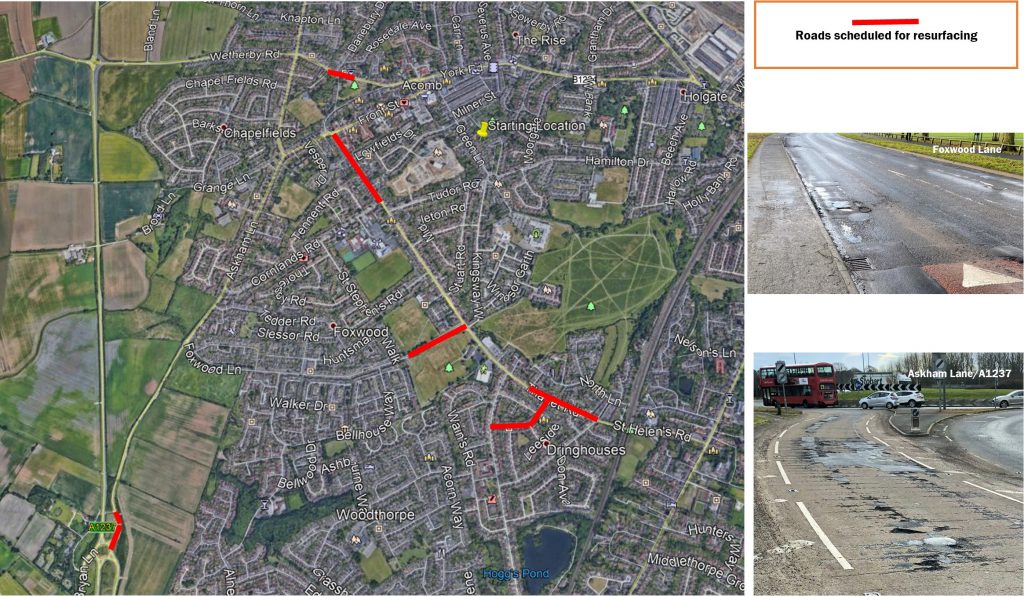
But there is no allocation for repairs on School Street and the surrounding area behind the Front Street shops, nor at many other sub-urban locations.
No footpaths in the Westfield area will be resurfaced.
There is no mention in the programme of the repairs needed to off-road cycle track infrastructure nor is there any listing of how the £1 million delegated “ward budgets” will be spent.
£877,000 of the latter budget, due to be invested last year, is being carried over into the current year. At the very least residents should be given the opportunity to influence how that section of the budget is spent.
All in all its seems that the decline in maintenance standards is set to continue for another year.

